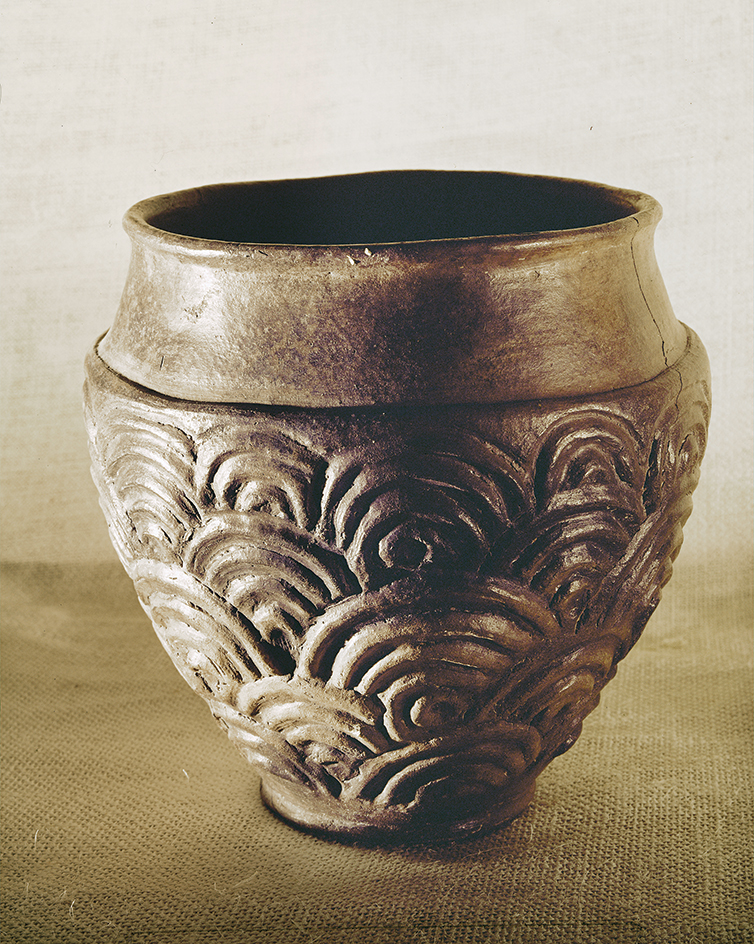Celts, << kehlts, >> were ancient inhabitants of Europe. The term has also traditionally included the people of Iron Age Great Britain and Ireland. The Celts were a diverse group of peoples connected by a shared language, religion, and material culture. Scholars know of Celtic culture mainly from the writings of the Roman general and statesman Julius Caesar and other ancient authors and through the work of archaeologists.
The earliest evidence of Celtic culture comes from the village of Hallstatt, near Salzburg, Austria. There, archaeologists discovered nearly 2,000 burials dating from about 700 to 500 B.C. The people of Hallstatt were among the first peoples in central Europe to make iron. At its greatest extent, Celtic culture extended from present-day Portugal to the Balkans, and from Austria to the southern coast of France. In continental Europe, Celtic culture spread through the migration of Celtic peoples to new areas. Celtic culture arrived in Great Britain and Ireland sometime after 500 B.C. In these areas, however, the culture spread through contact and trade with the continental Celts rather than through migration.
Celtic peoples were organized into tribes, with some tribes forming loose federations. Celtic society was divided into three social classes. The warrior elite were the nobility. A learned priestly class, called Druids, performed religious rituals and served as oral historians, judges, and advisers to the tribal kings. Commoners, the largest social class, lived on small farms where they grew wheat and barley and kept livestock. Larger settlements, called oppida or hillforts, sometimes served as tribal capitals. Earthen banks or ditches with palisades (wooden walls) for defense enclosed many of these settlements. Commoners gathered at hillforts and oppida to trade and, in times of conflict, to seek protection.
Historians divide Celtic culture into two periods: Hallstatt from 800 to 500 B.C. and La Tene from after 500 B.C. to about A.D. 100. The Hallstatt period was characterized by hillforts and elaborate burials for the elite. The La Tene period is characterized by coinage and a distinctive style of art called curvilinear for the curved lines that make up its designs. By about A.D. 100, the Romans conquered much of Celtic Europe. Celtic culture and languages then declined in many areas outside Great Britain and Ireland.
Few Celtic languages survive today. A Celtic language, called Q-Celtic by scholars, gave rise to modern Irish, Scottish Gaelic, and Manx Gaelic. Modern Breton, Welsh, and Cornish derive from P-Celtic, a related language. Ogam, a Celtic writing style with distinctive line characters, originated in Ireland, where it was often used on territory markers.

See also England (History); Gaelic languages; Gaels; Halloween (Samhain); Mythology (Celtic mythology).
